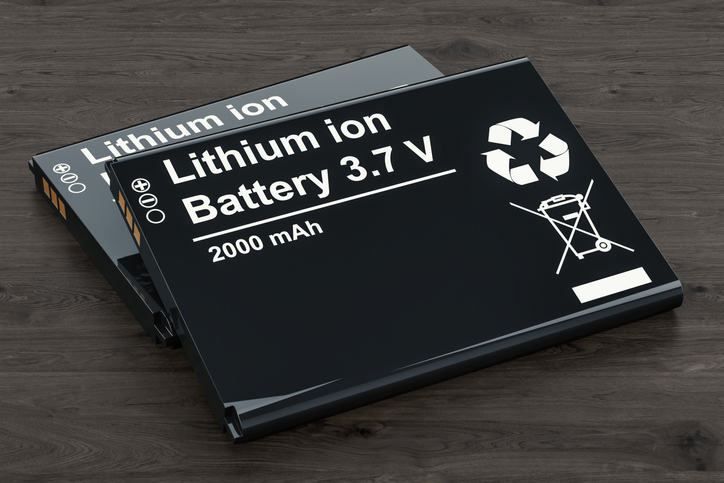Managing the risk of lithium-ion batteries

Authored by NIG
Since their introduction in the early 90s, demand for rechargeable lithium-ion batteries has grown exponentially. From laptops, mobile phones, tablets, and smartwatches to e-scooters and electric cars, they’re found in many of the devices we use every day.
Smaller, lighter and capable of holding significantly greater power than traditional batteries, they are only expected to become more popular as the world becomes ever-more technologically advanced and manufacturers focus on sustainability. The global lithium-ion battery market was valued at $46.2 billion in 2022 and is expected to grow to $189.4 billion over the next decade.
But while lithium-ion batteries bring numerous benefits, they also come with risks, which it’s vital wholesalers and retailers storing and selling products containing them are aware of.
Fire and explosion risk
During normal use, lithium-ion batteries are perfectly safe. However, if they are damaged, a chemical reaction inside the battery can cause the computer chip used to control the charge level to short circuit. This causes the battery to overheat very quickly and can lead to fire. Overcharging, or using the batteries in the wrong piece of equipment, can also cause short-circuiting. Lithium-ion batteries are particularly dangerous as they release a toxic flammable vapour which fuels the fire further and makes it difficult to control. Even if a fire appears to have been extinguished, it could reignite hours or even days later.
In commercial environments, such as warehouses, or waste recycling centres, the sheer volume of lithium-ion batteries near one another means any fires could easily get out of control.
Liability risk
Businesses selling products using lithium-ion batteries could find themselves at risk of product liability claims if products are found to be defective and cause any harm to consumers.
There are also liability risks for businesses transporting batteries or products containing them. Ultimately, it’s the sender’s responsibility to ensure they are packed correctly, labelled appropriately, and transported via the correct means.
How to manage risk around lithium-ion batteries
There are currently no specific UK guidelines for fire protection of lithium-ion battery storage, however, the Fire Protection Association (FPA) suggests the following:
Limit storage area to no greater than 20m2Limit storage height to 1.8mSeparate multiple storage areas by aisles a minimum of 3m wide
There are also other measures you can take to help reduce risk, including:
Following all manufacturer instructions for usage correctlyNever exposing batteries to high temperatures or leaving them in direct sunlightAlways use a reputable named brand of charger, designed specifically for the battery you haveLooking out for any signs of physical damageEducating your teams around the potential risks and ensuring there is a clear plan if a fire does break outConsidering how to safely dispose of batteries, for example away from other waste forms and in a lidded metal container
It’s also essential that any businesses dealing with lithium-ion batteries have a fire risk assessment that covers handling, storage, use, and charging.
NIG Risk Assist offers an easy-to-use and comprehensive range of online tools to help manage and reduce risks within businesses, including risk assessment templates and unlimited access to our ‘ask the expert’ service. Get in touch with your usual NIG contact today to find out more, or discover more about Risk Assist on our website.





